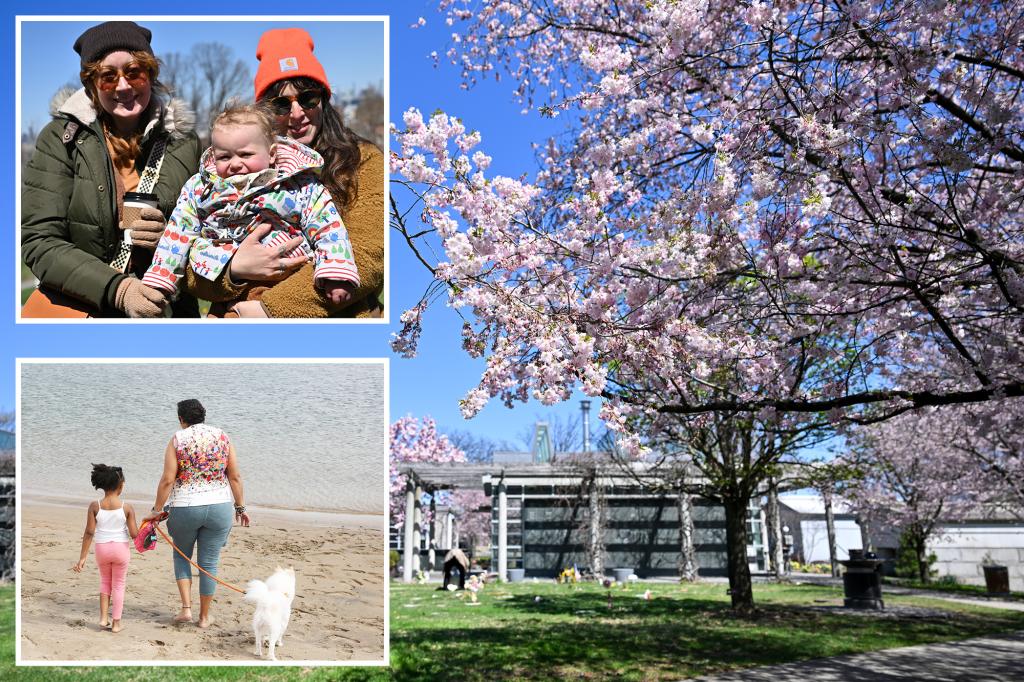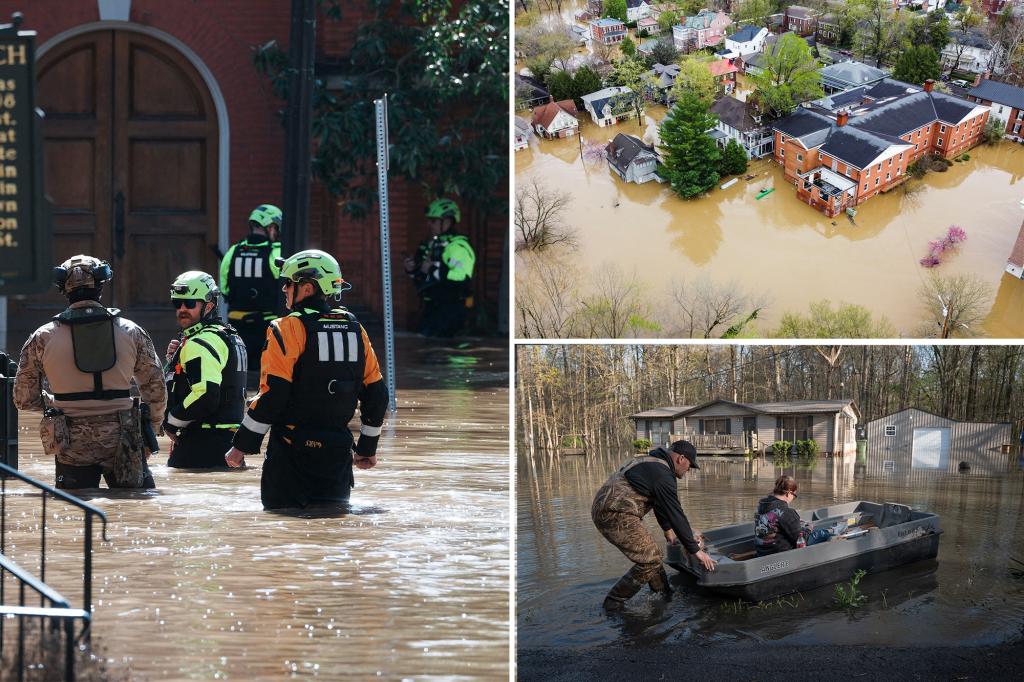As winter settles in, Chicago residents know all too well the challenges that come with heavy snowfall and icy conditions. One of the city’s critical strategies for keeping streets clear during the snowy months is the implementation of the Winter Overnight Parking Ban. This regulation, which has been a part of Chicago’s winter weather management plan for years, plays a vital role in ensuring smooth snow removal operations. However, understanding how the parking ban works, its implications, and how to prepare can save drivers from fines and inconvenience.
What is Chicago’s Winter Overnight Parking Ban?
Each year, from December 1st through March 31st, Chicago enforces a Winter Overnight Parking Ban on specific main streets. This rule prohibits parking during the overnight hours to allow snowplows and salt trucks to clear the streets efficiently. The ban typically applies to designated streets that are critical for traffic flow, public transportation, and emergency vehicle access. The goal is to ensure that snow removal equipment can do its job without obstruction, ultimately keeping the roads safe for everyone during the harsh winter months.
Key Points to Understand About the Ban
- Effective Dates: The parking ban runs from December 1st through March 31st each year, though specific dates may vary depending on weather conditions.
- Time Restrictions: The ban typically runs from 3:00 AM to 7:00 AM, though hours may vary based on the severity of the storm and the city’s snow removal needs.
- Enforcement: Vehicles found violating the parking ban are subject to fines and towing. A citation can cost up to $150, plus towing and storage fees.
- Snow Routes: The ban is enforced on primary snow routes, which are major streets and roads designated for priority snow removal. These routes are clearly marked with red and white signs indicating the ban.
Why Does Chicago Implement a Winter Parking Ban?
Chicago’s Winter Overnight Parking Ban is designed to ensure efficient and timely snow removal on the city’s busiest streets. With snowstorms a common occurrence, particularly in the city’s large urban areas, the presence of parked cars on the streets can significantly hinder the work of snowplows and salt trucks. This delay not only results in dangerous road conditions but also increases the risk of accidents, especially for pedestrians and cyclists who rely on clear sidewalks and streets.
The ban allows snow removal equipment to clear large sections of the road without obstruction, reducing the time it takes to make the streets passable again. The more efficient the snow clearing process, the faster the city can return to normal operations, keeping public transportation running smoothly and ensuring that emergency vehicles can navigate streets without delay.
How Chicago Decides Which Streets Are Affected
The streets included in the Winter Overnight Parking Ban are not chosen randomly. Chicago has a well-established network of snow routes designed to prioritize main roads and essential routes that support high traffic volumes, bus routes, and emergency response vehicles. These routes are specifically chosen to avoid residential areas where snow accumulation has a lesser impact on the overall traffic flow.
Drivers should be aware that these routes are marked with red and white signs indicating the parking ban. Additionally, the Chicago Department of Transportation (CDOT) provides a regularly updated map of snow routes and parking ban locations on its official website to help residents stay informed.
Implications of the Ban for Chicago Residents
The Winter Overnight Parking Ban affects thousands of Chicago residents, especially those living in neighborhoods where street parking is scarce. For many, these bans present a significant inconvenience, as they may need to find alternative parking arrangements during snowstorms. However, there are several key aspects that residents should consider to avoid fines and disruptions:
Fines and Towing
Chicago’s enforcement of the Winter Overnight Parking Ban is strict. Violators can face fines of up to $150 for parking in a restricted area during the overnight hours. Additionally, their vehicles may be towed, leading to additional costs for towing and storage, which can total upwards of $200 or more. To avoid these penalties, drivers are encouraged to be diligent in checking the parking ban signs on their streets, especially as snowfall begins.
Alternative Parking Options
For residents who are unable to park in front of their homes due to the overnight ban, Chicago offers several alternative parking options:
- Parking Garages and Lots: Many commercial parking garages in the city offer temporary parking permits during snowstorms. Some public and private lots may also have available spaces during the ban.
- Residential Driveways: If possible, residents can park in their own driveways or arrange to park with neighbors who have off-street parking available.
- Snow Parking Permits: For those who live in neighborhoods with limited off-street parking, the city sometimes offers snow parking permits to allow residents to park on specific streets during the overnight ban. These permits are typically available for a fee and should be applied for in advance.
Notifications and Alerts
Chicago residents can sign up for winter weather alerts to receive notifications about when the parking ban will be enforced. The city uses several methods to communicate with residents:
- Text Alerts: Chicago offers a free text messaging service that sends alerts about parking bans and snow plowing schedules.
- Social Media: The Chicago Department of Transportation and other city agencies regularly update social media accounts, especially during snowstorms, to keep the public informed about the status of snow removal operations and parking restrictions.
- Website Updates: Information about snow routes and the parking ban can be found on the CDOT website or through the city’s 311 service.
The Broader Impact of the Winter Parking Ban
While the parking ban is primarily aimed at ensuring safe and clear streets for everyone, it also has broader social and economic implications for the city. For instance, the regulation can place a financial burden on residents who rely on street parking and may not have the financial means to park in private garages. It also disproportionately affects those living in dense urban areas where parking is limited and expensive. These residents may find it more difficult to comply with the overnight parking restriction, particularly during heavy snowfalls when parking options are scarce.
On a more positive note, the Winter Overnight Parking Ban helps maintain the flow of traffic, reducing the chances of snow-related accidents, especially in areas with heavy commercial or public transit traffic. This, in turn, boosts public safety and reduces disruptions to the city’s economy, ensuring that businesses, schools, and essential services can continue operating even during major snowstorms.
Conclusion
Chicago’s Winter Overnight Parking Ban is a critical measure in the city’s strategy for managing winter storms. By keeping streets clear for snowplows and salt trucks, the city ensures that roads remain safe and accessible during the winter months. While it can be an inconvenience for residents, understanding the rules and planning ahead can help avoid fines and ensure that snow removal operations are as effective as possible. Drivers should stay informed through local notifications, look for parking alternatives when needed, and always check the posted signs to ensure compliance with the ban.
For more information about Chicago’s winter parking regulations, visit the Chicago Department of Transportation’s official page or explore this NBC Chicago’s winter parking ban updates.
See more Your Daily Weather



